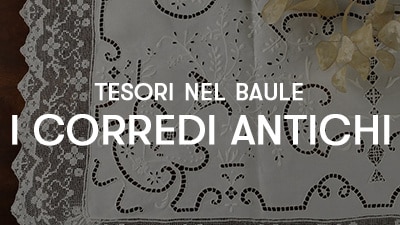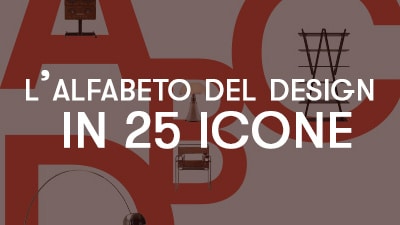
On the occasion of “S…Watch Out”, an exhibition of vintage Swatch watches at the Di Mano in Mano store in Milano on the weekend of March 23 and 24, let’s take a journey through some anecdotes and reflections on the most beloved watch of all time.
The “second” watch
Let’s start with a fun fact: many think the name Swatch stands for “Swiss Watch,” since the company was indeed founded in Switzerland. However, the name Swatch is actually a contraction of “second” and “watch”, the “second watch” that had all the qualities to revitalize the Swiss watch market, which in the 1980s was somewhat struggling.
Moreover, by coincidence—or perhaps not—the name “second” was prescient of the trend to wear one, two, or three Swatch watches at once, matching them on the wrist like bracelets.

In any case, the “second watch” was not second to anything—it was rather an alternative: affordable, and with an entirely new and unique design.
Less is more… Innovation that simplifies
“Less is more” is the slogan that best describes the innovation introduced by Swatch. The brilliant idea was to simplify: fewer steps in the automated production chain, and also fewer components to build the watch. These two simple, at least in theory, adjustments allowed the Swiss company to significantly reduce costs, making a coveted item accessible to a broader audience.
However, its popularity is also due to the revolutionary introduction of a new aesthetic.

A colorful look for the mass culture
Never before had we seen such a colorful and ironic look in a watch. The design of the Swiss company perfectly reflects, through all its collections, the postmodern culture of the 1980s: a culture that became mass thanks to the increasingly powerful media, which broke down the barriers between elite and popular culture.
Irony is a key concept in postmodern culture, where we witness a reversal of roles between authors (such as artists) and audiences (the mass public).

In postmodernism, the emphasis is indeed on the audience. For example, in art, authors revisit traditional codes and reinterpret them without taking them seriously—ironically, provoking different reactions in an audience with plenty of room for interpretation.
And if we think about it, didn’t Swatch do exactly the same thing?
The destabilizing reinterpretation of Swatch
The genius of the Swatch product lies in its destabilizing reinterpretation of the wristwatch, traditionally a symbol of rigor and precision.
The original function is kept—telling the time—but the style changes: color, trompe l’oeil effects, and unexpected materials like plastic and fake fur cover and enrich straps and dials that were usually quite serious.
The Swatch watch becomes a must-have: an object “you must have,” but not for reasons of economic prestige, as before. The Swatch watch, now accessible to many, takes on the appeal of an iconic object, a symbol of its time.

Who didn’t own a Swatch, from one line or another? All of us from the “Swatch generation” remember it well, and when we do, a smile of tenderness and nostalgia is just around the corner.
True or not?
“S…Watch Out”: the exhibition
After the exhibition dedicated to the Pavia painter Carena, the Milan store Di Mano in Mano invites you to “S…Watch Out” with a collection of over five hundred vintage Swatch watches – produced from 1986 to 2006 – all working and with original packaging.

- When? March 23 and 24, 10:00 AM – 7:00 PM
- Where? Viale Espinasse 99
- How? Free entry with no reservation required. The Swatches on display are all for sale.
Contacts:
Info Line: 02 33 400 800
WhatsApp: 334 638 48 04
Email: mercatinoespinasse@dimanoinmano.it








